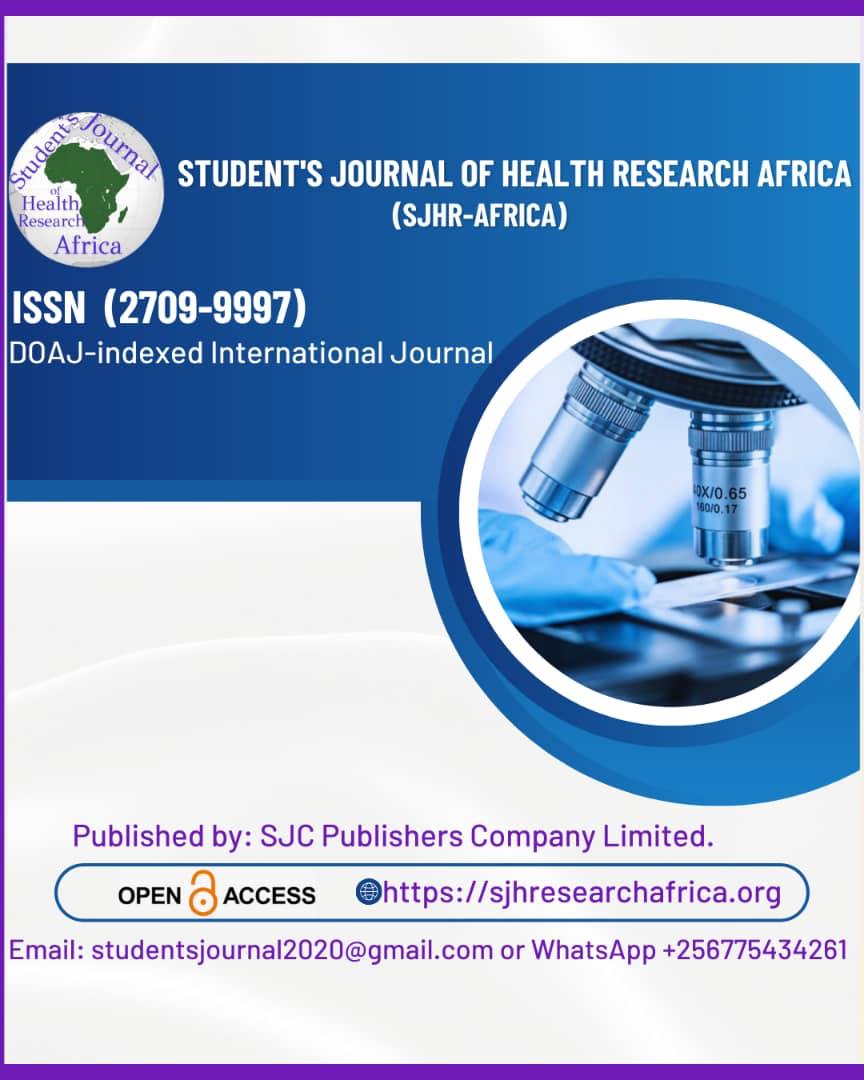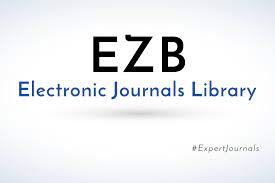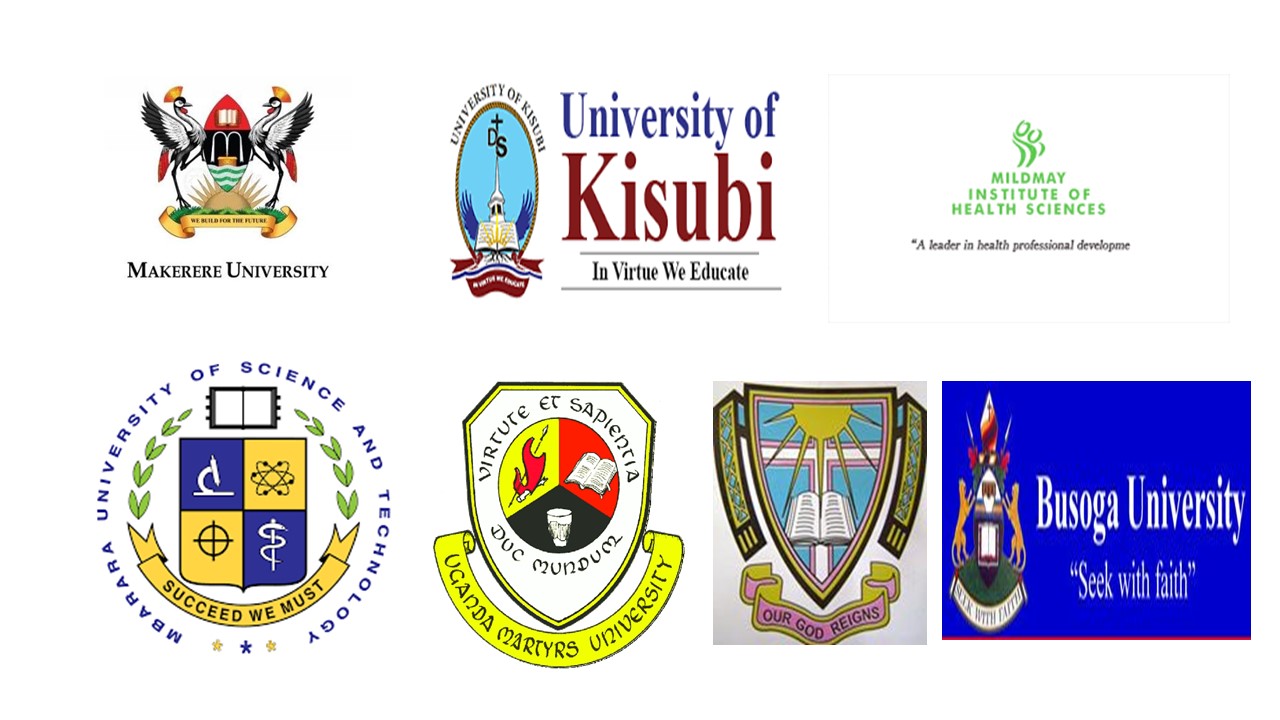The role of universities in community development: Lessons from the environmental education and sustainability project at Mangosuthu University of Technology — A cross-sectional mixed-methods study.
DOI:
https://doi.org/10.51168/sjhrafrica.v6i6.1698Keywords:
Higher Education, Community Development, Environmental Education, Sustainability, Stakeholder Collaboration, Local Knowledge, Community Engagement, Environmental Awareness, Sustainability PracticesAbstract
Background
Higher education institutions play a pivotal role in promoting community development and advancing sustainability. Yet, aligning academic programs with local community needs remains a challenge. This study examines the Environmental Education and Sustainability Project at Mangosuthu University of Technology (MUT), which seeks to empower marginalized communities through environmental education and sustainable living practices.
Methods
A mixed-methods approach was adopted. Quantitative data were collected through pre- and post-intervention surveys assessing environmental knowledge and awareness. Qualitative data were obtained from focus group discussions and in-depth interviews with project participants, including community members, educators, and students.
Results
A total of 120 participants (58% female, 42% male; ages 18–55) were involved. The majority (75%) resided in Umlazi Township. Post-intervention surveys revealed significant improvements: understanding of waste management increased from 35% to 78%, water conservation awareness from 30% to 72%, and knowledge of local biodiversity from 25% to 68% (p < 0.01). Qualitative analysis highlighted behavioural change and community empowerment. Participants reported adopting sustainable practices: “I now teach my children how to save water and separate waste.” Educators incorporated environmental topics into their teaching: “I have started including environmental topics in my lessons.” The project also strengthened university-community trust: “Now we see how the university can help our community.”
Conclusion
The project effectively bridged academic learning with real-world community engagement. It enhanced environmental literacy, promoted behavioural change, and fostered stronger university-community partnerships.
Recommendations
Higher education institutions should embed community-focused environmental education into their curricula, promote local knowledge integration, and support ongoing stakeholder engagement. The MUT model provides a scalable framework for universities seeking to align academic missions
References
. Etzkowitz, H. & Leydesdorff, L., 2000. The dynamics of innovation: From National Systems and "Mode 2" to a Triple Helix of university-industry-government relations. Research Policy, 29(2), pp.109-123. https://doi.org/10.1016/S0048-7333(99)00055-4
Tilbury, D., 1995. Environmental Education for Sustainability: Defining the new focus of environmental education in the 1990s. Environmental Education Research, 1(2), pp.195-212. https://doi.org/10.1080/1350462950010206
UNESCO, 1977. Tbilisi Declaration: Intergovernmental Conference on Environmental Education. Tbilisi, USSR, 14-26 October. [online] Available at: https://www.gdrc.org/uem/ee/tbilisi.html.
Wals, A.E.J., 2015. Beyond unreasonable doubt: Education and learning for socio-ecological sustainability in the Anthropocene. Wageningen: Wageningen University & Research. [online] Available at: https://edepot.wur.nl/365312.
Yi, H. & Feiock, R.C., 2014. Renewable energy politics: Policy typologies, policy tools, and state deployment of renewables. Policy Studies Journal, 42(3), pp.391-415. https://doi.org/10.1111/psj.12066
Downloads
Published
How to Cite
Issue
Section
License
Copyright (c) 2025 Sibonelo Thanda Mbanjwa

This work is licensed under a Creative Commons Attribution-NonCommercial-NoDerivatives 4.0 International License.






















